Effect of Nano Modified Rubber on Physical and Rheological Properties of Asphalt
DOI: 10.23977/analc.2025.040103 | Downloads: 10 | Views: 721
Author(s)
Shujie Li 1
Affiliation(s)
1 Xingtai Branch of Xingheng Expressway, Hebei Expressway Group Co., Ltd., Xingtai, Hebei, China
Corresponding Author
Shujie LiABSTRACT
At present, asphalt pavement is widely used because of its smooth surface, large transportation capacity and convenient construction. However, in the long-term operation process, due to the complex environment, transportation load gradually increased and other reasons, a variety of diseases were caused. Due to its own composition and structural characteristics, it is easy to be softened at high temperature, brittle at low temperature, poor elasticity, anti-aging and other characteristics, and the maintenance cost in the project is high. It is necessary for highway maintenance personnel to improve the high temperature resistance of asphalt by adding various modifiers. The unique surface effect, size effect, quantum scale effect and quantum tunneling effect of nanoparticles make them have unique applications in many aspects. In recent years, people have done a lot of research work on traditional nano reinforced particles such as carbon black, white carbon black and clay, and developed some natural rubber nanocomposites with excellent performance. With the progress of science and technology, the application of new nano materials such as carbon nanotubes has greatly improved their performance in all aspects. It has become a research hotspot in the material field that the surface of rubber can be modified by nano particles and nano composite technology to obtain excellent comprehensive properties. This paper mainly studied the role of nano modified rubber in the physical and rheological properties of asphalt, and through the performance comparison and micro test analysis before and after modification, it was concluded that nano modified rubber can better promote the improvement of physical and rheological properties of rubber asphalt. It was found that the rutting factor of modified asphalt was increased by 10.49%, and the aging resistance of asphalt was also improved. The modification of nano rubber can not only expand its consumption market, but also significantly improve the performance of asphalt roads.
KEYWORDS
Nano Modification, Modified Rubber, Asphalt Physics, Rheological PropertiesCITE THIS PAPER
Shujie Li, Effect of Nano Modified Rubber on Physical and Rheological Properties of Asphalt. Analytical Chemistry: A Journal (2025) Vol. 4: 15-26. DOI: http://dx.doi.org/10.23977/analc.2025.040103.
REFERENCES
[1] Karuppaiah, M."Solvent dependent morphological modification of micro-nano assembled Mn2O3/NiO composites for high performance supercapacitor applications." Ceramics International 45.4 (2019): 4298-4307.
[2] Benmansour, Djazia Leila. "The nano scale bending and dynamic properties of isolated protein microtubules based on modified strain gradient theory." Advances in nano research 7.6 (2019): 443-457.
[3] Rath, Punyaslokl. "Investigation of cracking mechanisms in rubber-modified asphalt through fracture testing of mastic specimens." Road Materials and Pavement Design 23.7 (2022): 1544-1563.
[4] Arabani, Mahyar, Seyed Amid Tahami, and Gholam Hossein Hamedi. "Performance evaluation of dry process crumb rubber-modified asphalt mixtures with nanomaterial." Road Materials and Pavement Design 19.5 (2018): 1241-1258.
[5] Hung, Albert, Mingxia Li, and Elham H. Fini. "Effects of Elemental Sulfur on the Aging Trajectory and Adhesion Characteristics of Rubber-Modified Bitumen." ACS Sustainable Chemistry & Engineering 9.50 (2021): 16918-16925.
[6] Wang, Haopeng. "Rheological behavior and its chemical interpretation of crumb rubber modified asphalt containing warm-mix additives." Transportation Research Record 2672.28 (2018): 337-348.
[7] Yetgin, Salih Hakan. "Effect of multi walled carbon nanotube on mechanical, thermal and rheological properties of polypropylene." Journal of Materials Research and Technology 8.5 (2019): 4725-4735.
[8] Hu, Zhongliang. "Rheological properties of partially hydrolyzed polyacrylamide seeded by nanoparticles." Industrial & Engineering Chemistry Research 56.12 (2017): 3456-3463.
[9] Kim, Hyun Woo. "Effect of hydrocolloids on rheological properties and printability of vegetable inks for 3D food printing." Journal of food science 83.12 (2018): 2923-2932.
[10] Julianti, Elisa, Herla Rusmarilin, and Era Yusraini. "Functional and rheological properties of composite flour from sweet potato, maize, soybean and xanthan gum." Journal of the Saudi Society of Agricultural Sciences 16.2 (2017): 171-177.
[11] Nagarajan, Chellakavitha, Prabavathy Shanumugasundaram, and Sree Rameswari Anmeeganathan. "Properties of high strength concrete containing surface-modified crumb rubber." Gradevinar 71.07. (2019): 579-588.
[12] Li, Xiaowen. "Effects of UV light irradiation on color changes in thermally modified rubber wood based on FTIR." BioResources 15.3 (2020): 5179-5197.
[13] Caldona, Eugene B. "Superhydrophobic rubber-modified polybenzoxazine/SiO2 nanocomposite coating with anticorrosion, anti-ice, and superoleophilicity properties." Industrial & Engineering Chemistry Research 56.6 (2017): 1485-1497.
[14] Zhao, Xiangyu. "Prediction of the mechanical properties of thermally-modified rubber wood on the basic of its surface characteristic." Wood Research 64.1 (2019): 25-34.
[15] Wu, Ningjing, Hong Zhang, and Guoliang Fu. "Super-tough poly (lactide) thermoplastic vulcanizates based on modified natural rubber." ACS Sustainable Chemistry & Engineering 5.1 (2017): 78-84.
| Downloads: | 1400 |
|---|---|
| Visits: | 81290 |
Sponsors, Associates, and Links
-
Forging and Forming
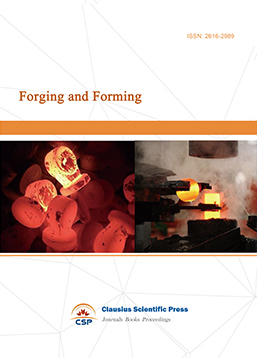
-
Composites and Nano Engineering
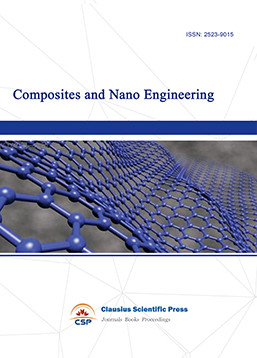
-
Journal of Materials, Processing and Design
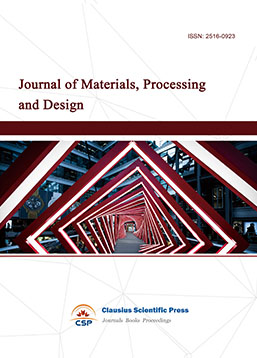
-
Metallic foams
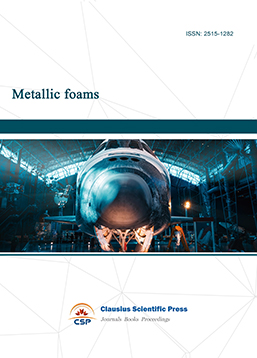
-
Smart Structures, Materials and Systems
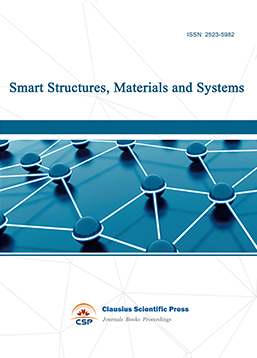
-
Chemistry and Physics of Polymers
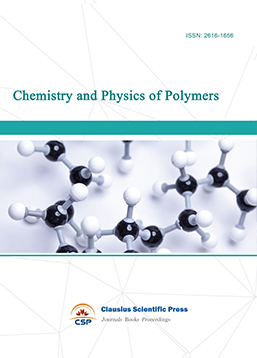
-
Modern Physical Chemistry Research
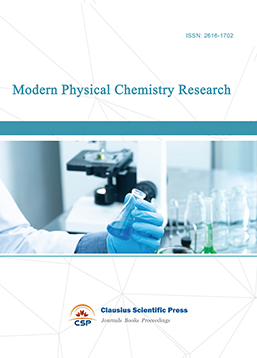
-
Inorganic Chemistry: A Journal

-
Organic Chemistry: A Journal
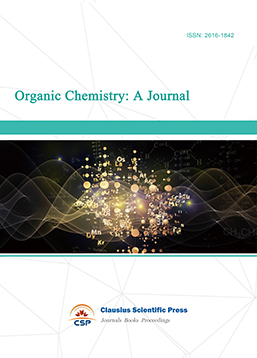
-
Progress in Materials Chemistry and Physics
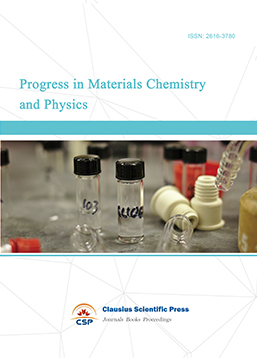
-
Transactions on Industrial Catalysis
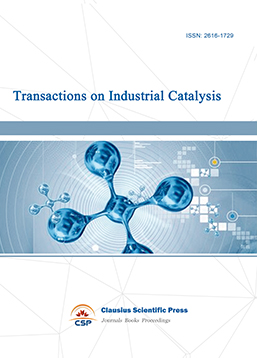
-
Fuels and Combustion
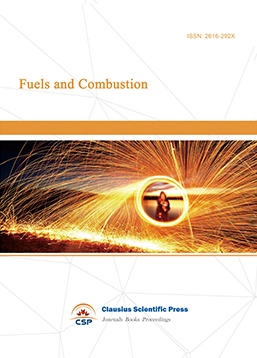
-
Casting, Welding and Solidification
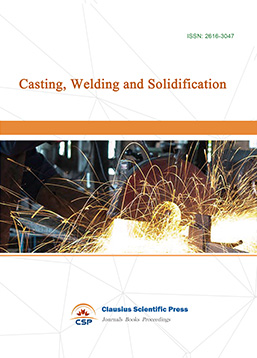
-
Journal of Membrane Technology
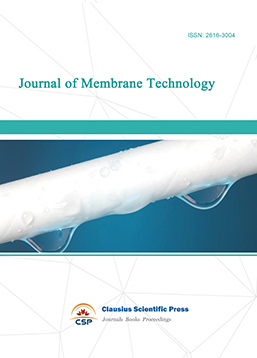
-
Journal of Heat Treatment and Surface Engineering
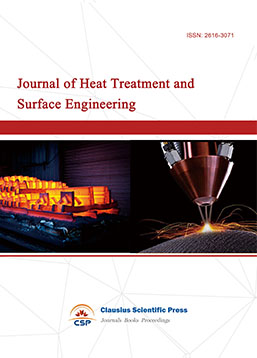
-
Trends in Biochemical Engineering
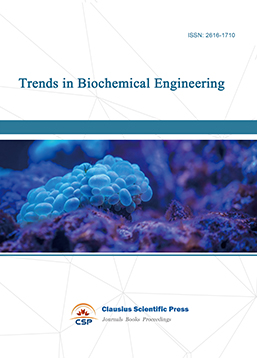
-
Ceramic and Glass Technology
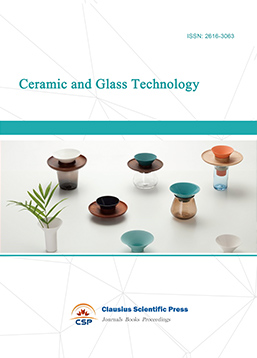
-
Transactions on Metals and Alloys

-
High Performance Structures and Materials
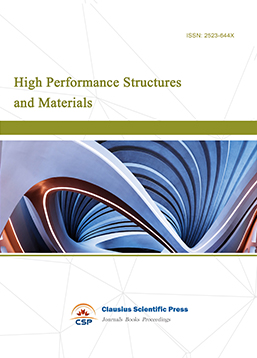
-
Rheology Letters

-
Plasticity Frontiers
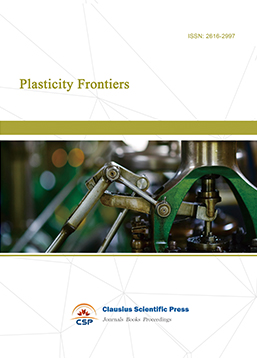
-
Corrosion and Wear of Materials

-
Fluids, Heat and Mass Transfer
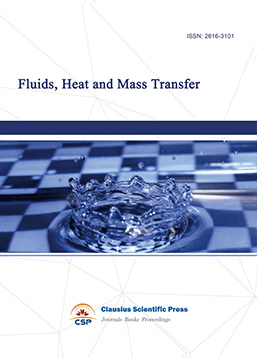
-
International Journal of Geochemistry
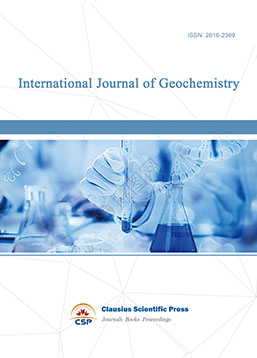
-
Diamond and Carbon Materials
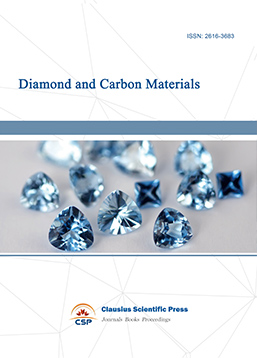
-
Advances in Magnetism and Magnetic Materials
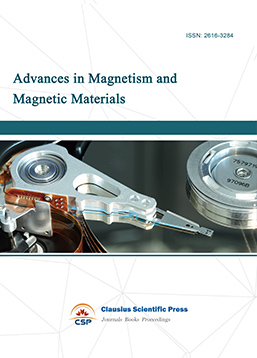
-
Advances in Fuel Cell
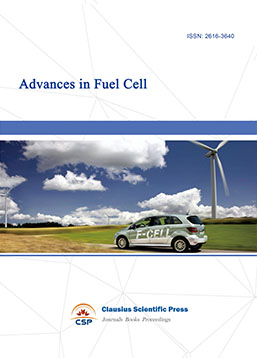
-
Journal of Biomaterials and Biomechanics
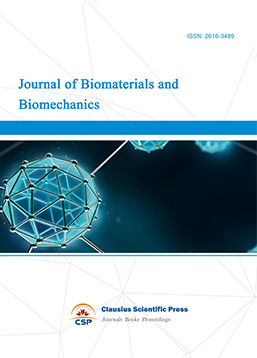

 Download as PDF
Download as PDF